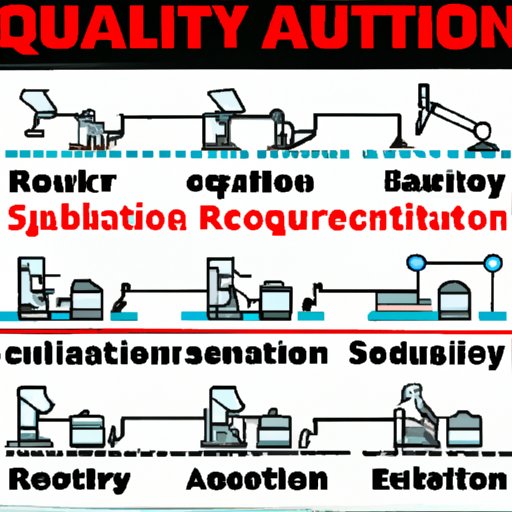Introduction
Automation is the process of using technology to perform tasks that would otherwise be done by humans. It has become increasingly popular in recent years as businesses look for ways to save money and improve productivity. But while automation can bring many benefits, there are also some downsides that should be considered before implementing it.
Loss of Jobs
One of the most significant risks posed by automation is the potential for job loss. Studies have shown that automation could lead to the displacement of millions of workers worldwide. This could have a devastating effect on the economy, as fewer people earning wages means less money circulating through the system.
The impact on workers is also concerning. Many of those who are displaced may struggle to find new employment that matches their previous salary. This could lead to increased poverty and financial insecurity.
Increase in Inequality
Another issue raised by automation is the potential for an increase in inequality. As automation becomes more widespread, the ownership of the technology will likely be concentrated among a few wealthy individuals or corporations. This could create a divide between the haves and have-nots, with the former reaping all the benefits of automation while the latter struggle to keep up.
The gap between the rich and poor could also be exacerbated by automation. Those who own the technology will be able to use it to generate large profits, while those without access will be left behind.
Loss of Human Control
Automation also raises concerns about the loss of human control. As machines take over more and more tasks, humans may begin to feel powerless and unable to make decisions. This could lead to a feeling of helplessness and a lack of agency.
This could also have an impact on decision-making. Without the ability to weigh up all the factors involved, humans may struggle to make informed decisions, leading to poorer outcomes.
Security Risks
Automation also carries with it certain security risks. As machines become more sophisticated, they become more vulnerable to attacks. If hackers were able to gain access to automated systems, they could cause serious disruption and damage.
There is also the risk of unforeseen results. Even when automated systems are functioning correctly, they may produce outcomes that were not anticipated. This could lead to costly mistakes and delays.
Decreased Quality
Finally, automation can lead to a decrease in quality. Machines are often not as accurate as humans and can make mistakes or overlook details. This can result in a lower quality end product, which can lead to customer dissatisfaction.
Conclusion
In conclusion, automation can bring many benefits but also carries with it certain risks. These include the potential for job losses, increases in inequality, the loss of human control, security risks, and decreased quality. Before embracing automation, these issues should be weighed carefully to ensure that the benefits outweigh the costs.
It is important to remember, however, that automation also brings many positive benefits. When used responsibly, it can help to improve productivity and efficiency, reduce costs, and create new opportunities. It is up to us to ensure that these benefits are realized while minimizing the risks.
(Note: Is this article not meeting your expectations? Do you have knowledge or insights to share? Unlock new opportunities and expand your reach by joining our authors team. Click Registration to join us and share your expertise with our readers.)
